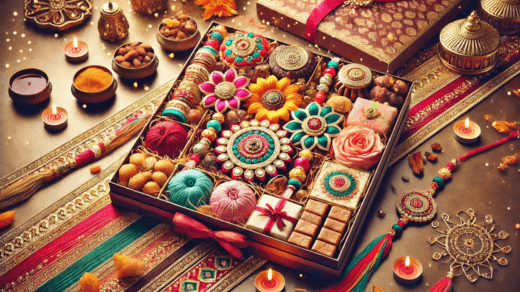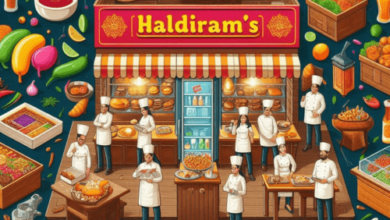
In Indian tradition and culture, there is a strong emphasis on maintaining food purity. Before enjoying a meal or sharing it with visitors, people often sacrifice a portion to appease the gods and goddesses. Devotion, love, and attention go into making the food. Ghee, sugar, and milk sweets are important in Indian celebrations. We at Ghasitaram use only natural ingredients. Let’s look into the importance of sweets in Indian tradition and how they bring good fortune to everything.
Indian sweets have a rich and lengthy history, dating back to ancient times. Earlier sources mention that honey and fruits, either fresh or dried, were common ingredients in Indian sweet meals. Delicious holiday treats were later made with sugar and milk. You can send these sweets with a gift hamper for raksha bandhan.
Traditional Indian sweets and their significance on festive occasions
A sweet is an essential part of every Indian festivity. Diwali, Holi, Baisakhi, raksha bandhan, Janmashtami, Navratri, Dussehra, and Ganesh Chaturthi are celebrated nationwide. Sweets are shared at these gatherings.
There is a tradition behind every candy. Desserts like Rasgula and GulabJamun at Ghasitaram are so good that they melt in your tongue, bring people together, and put a sweet spin on the celebration. Boxes of sweets are exchanged between families during Diwali to represent the sharing of joy and love.
● Burfi
Indian Burfi is highly revered in Indian tradition, particularly during festive occasions. Its thick and creamy texture and mouth-watering taste are made with condensed milk, sugar, and numerous flavorings like cardamom, saffron, and pistachios. As a token of good fortune and love, burfi is frequently passed down through generations of families and friends on special occasions. You may get eleven different kinds of these delicious burfis from Rajbhog Foods and eat them in the comfort of your own home. Send a box full of Burfi with gift hampers for raksha bandhan.
● Gulab Jamun
The enticing sweet treat known as Gulab Jamun is served at Indian festivals and consists of fried khoya balls that are golden brown and topped in sugar syrup. Pistachios and saffron are common garnishes for heated versions. GulabJamun is a favorite dessert at weddings and festivals such as Holi and Diwali because it represents joy, love, and sweetness.
● KajuKatli
The diamond-shaped dessert KajuKatli contains cashew nuts, sugar, and ghee. This rich, silky dessert is usually garnished with silver leaf. KajuKatli is commonly present during Diwali and other celebrations as a symbol of good fortune and abundance. You can send a box full of KajuKatli with rakhi hampers.
Conclusion
There is a lot of gastronomic, cultural, and historical value in Indian sweets. They embody the nation’s wide variety of tastes and customs and are more than simply a tasty treat. From their humble beginnings to their prominent role in religious and festive celebrations, Indian sweets have always played an essential part in people’s lives, giving happiness, sweetness, and unity. They play a crucial role in Indian food and culture due to their adaptability, artistic value, and health advantages. Remember the decades of history, creativity, and symbolism woven into every bite of that delectable Indian delicacy the next time you indulge.




